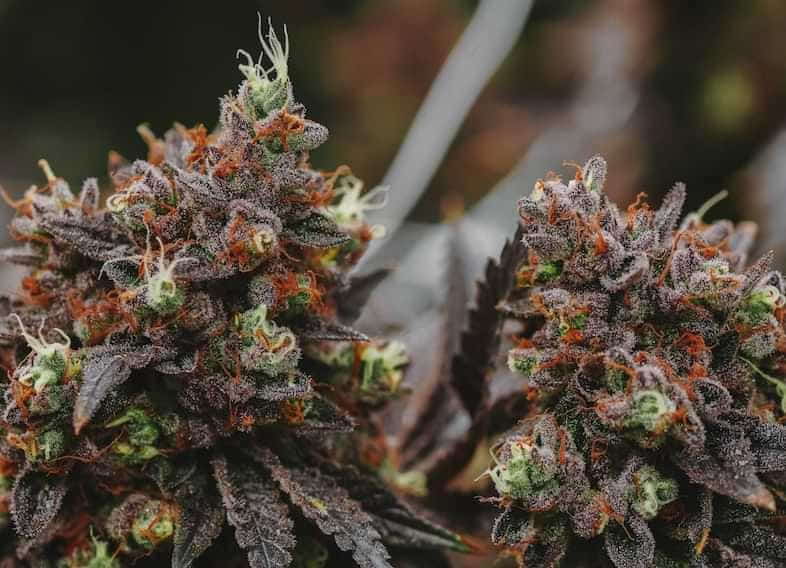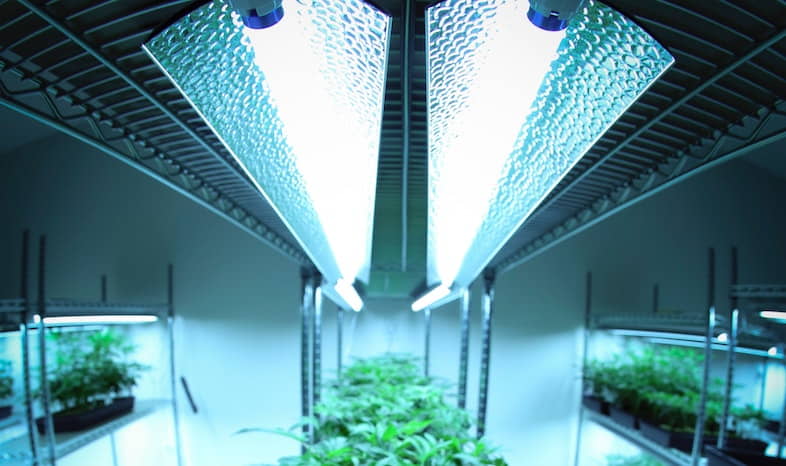Modified on: 21/09/2022
What foxtail buds are and what they are caused by
Among the various conditions that can affect plants grown from cannabis seeds is a rather curious one known as ‘foxtailing‘. If you have a passion for hemp and are interested in learning about its peculiarities, you will probably want to know what this phenomenon is.
In the next few lines, you will find out how foxtailing manifests itself, what its main causes are and how it can be remedied.


The phenomenon of foxtailing: what is it?
In the cultivation of hemp, attention must be paid to several aspects for the plants to develop properly and for flowering to ensure a good yield. Certain debilitating conditions can impair the various growth phases and plant productivity. One of these conditions is foxtailing, the phenomenon that occurs when hemp inflorescences grow in a different way than is optimal.
Normally, cannabis flowers take on a rounded shape and a dense, compact consistency. In short, they appear nice and chubby. Here, a plant affected by foxtailing, on the other hand, has thin, elongated and not very dense inflorescences. The shape that the tops take on resembles that of a fox’s tail, hence the name by which this phenomenon is known. The occurrence of this condition is a negative note for growers because it minimises yield.
However, foxtail buds are not always due to a plant health problem. Some cannabis strains are genetically predisposed to this type of flower formation, the result of the work of breeders who have created numerous hybrids over the years. In these cases, foxtail buds are not a cause for concern. However, when foxtailing occurs in varieties that by nature should produce normal inflorescences, there are almost always two causes: heat stress and light stress.
Heat stress and excess light: when foxtailing is a wake-up call
Leaving aside the cases where the formation of elongated, bushy inflorescences is due to the genetics of the plants, it is necessary to know the reasons for this condition.
Heat stress is undoubtedly among the most common. The temperature of the environment in which a cannabis plant grows is very important for the proper development of its buds and inflorescences. With due distinctions between varieties, cannabis plants prefer a temperature range of 20° C to 30° C.
Now, even though hemp is a hardy plant and can withstand higher than ideal temperatures for very short periods (one or two days), prolonged out-of-bounds weather conditions could lead to foxtail bud growth (especially if the plants are exposed to excessive heat during the flowering phase). This is because high temperatures adversely affect the biological functions of hemp.
Another cause of ‘negative’ foxtailing (let’s call it this when its onset does not have a genetic matrix) is light stress. Excess light is almost always due to the excessive proximity of artificial lamps to the plants, so it is a typical problem in indoor cultivation. Cannabis does not dislike sunlight, but having an artificial heat source too close to it causes stress that can alter some of its functions and one of the consequences can be the growth of foxtail buds.
Other factors that could trigger foxtailing are too much or too little water, the presence of parasites and a pH outside the ideal range. But now let us see how one should act when the first signs of this problem appear.


How to remedy foxtailing in cannabis
The first thing to do when cannabis plants start to produce flowers of this type is to check the main parameters, i.e. the pH of the substrate and its moisture level (indicative of poor or excessive irrigation). It is then necessary to check that fertilisation is providing the plant with sufficient nutrients for its development and that no fungi or parasites are present.
Concerning the main causes of foxtailing, immediate action is the best way to remedy thermal or light stress. How? Well, to find out whether the temperature is too high and could be the cause of foxtail tops, it is necessary to monitor it and record the values several times a day. If any changes should emerge that undermine the health of the plants, it would be a good idea to air condition the room with a ventilation system and, if necessary, with an air conditioner.
If, on the other hand, one should realise that the lamps are too close to the plants, it is essential to immediately place them at the right distance (more or less 30 cm). Furthermore, to reduce stress, it is advisable to use lamps that do not produce too much heat, such as LED lamps.
Read also: Cannabis for personal use: is it an offence to possess and grow it?
In conclusion
Foxtailing is not as serious as other conditions that can affect hemp plants, but it still deserves proper attention because in addition to reducing productivity it can be the prelude to more serious problems. Although the cultivation of cannabis in Italy is illegal (unless you have a regular authorisation), we would like to remind you that weed seeds can be bought for collecting purposes.
At SensorySeeds you can find a wide range of feminized seeds, fast flowering seeds and autoflowering seeds of various genetics. Come visit us!









